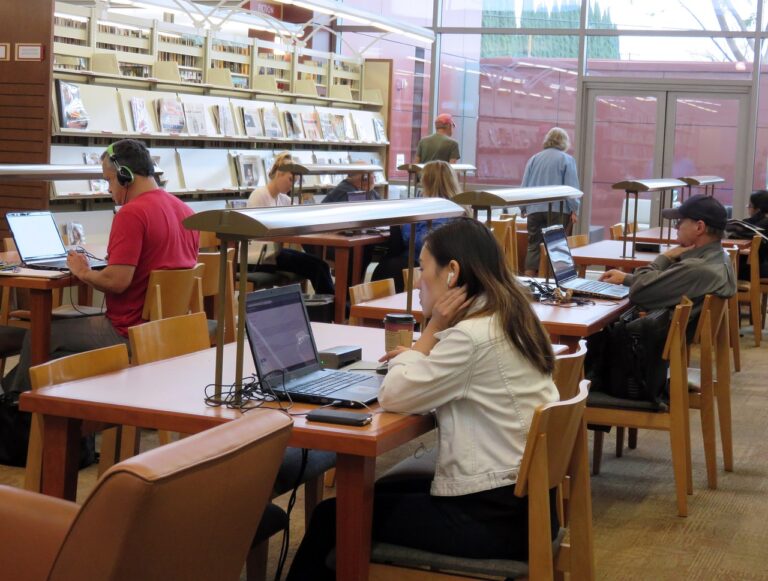Leveraging Technology for Inquiry-Based Learning Activities
Inquiry-based learning activities offer a hands-on approach to education by encouraging students to explore, question, and investigate various topics. By incorporating technology into these activities, educators can provide students with a more engaging and interactive learning experience. Technology tools such as virtual reality simulations, digital research databases, and online collaboration platforms can help students develop critical thinking skills, enhance their problem-solving abilities, and foster a deeper understanding of complex concepts.
Furthermore, integrating technology into inquiry-based learning activities allows students to access a wealth of information and resources that may not be readily available in traditional classroom settings. Through the use of technology, students can explore real-world scenarios, conduct virtual experiments, and interact with experts in various fields. This not only broadens their knowledge base but also prepares them for success in an increasingly digital and interconnected world.
Examples of Technology Tools that Enhance Inquiry-Based Learning
Inquiry-based learning is greatly enriched by the integration of various technology tools that foster student engagement and critical thinking skills. One such tool is Google Earth, which allows students to explore interactive maps, satellite imagery, and 3D views, enabling them to investigate real-world locations and phenomena. This virtual platform not only encourages curiosity but also enables students to make connections between different concepts and sources of information.
Another valuable technology tool for inquiry-based learning is Padlet, an online collaborative platform that allows students to brainstorm, share ideas, and collaborate on projects in real-time. With the ability to add text, images, videos, and documents to a virtual bulletin board, Padlet promotes communication, reflection, and creativity among students. By encouraging active participation and the sharing of diverse perspectives, Padlet facilitates a dynamic and inclusive learning environment that supports inquiry-based exploration and discovery.
How to Integrate Technology into Inquiry-Based Learning Activities
To successfully integrate technology into inquiry-based learning activities, educators should first identify the learning objectives and outcomes they aim to achieve. By aligning technology tools with the specific goals of the inquiry-based lesson, teachers can ensure that the use of technology enhances the learning experience rather than being used for its own sake. This deliberate approach allows educators to select technology tools that best support the inquiry process and facilitate student engagement and understanding.
Moreover, educators can provide guidance and scaffolding to students on how to effectively utilize technology throughout the inquiry-based learning activities. By offering explicit instructions on how to navigate and manipulate the chosen technology tools, teachers can empower students to explore, investigate, and create in a way that enhances their learning experience. Encouraging students to collaborate and share their findings using technology can foster a sense of community and allow for peer-to-peer learning opportunities within the inquiry-based framework.





